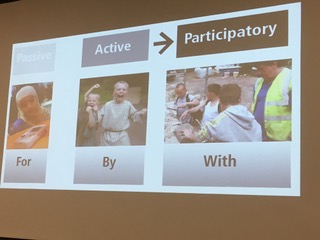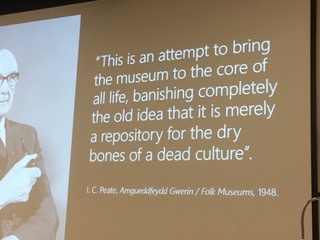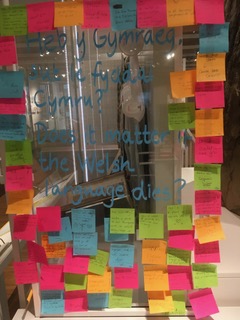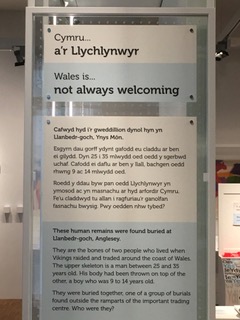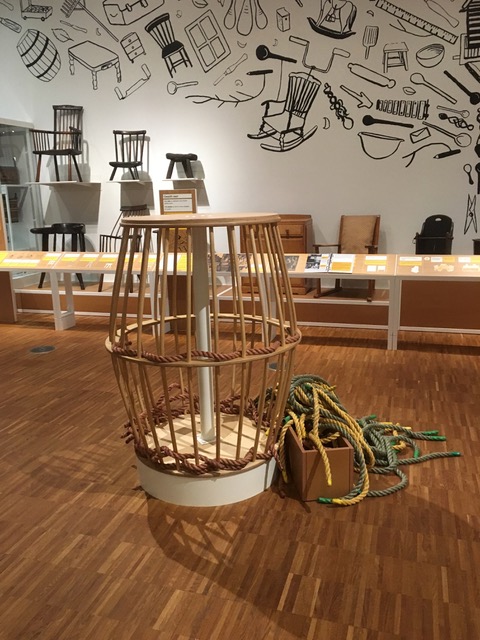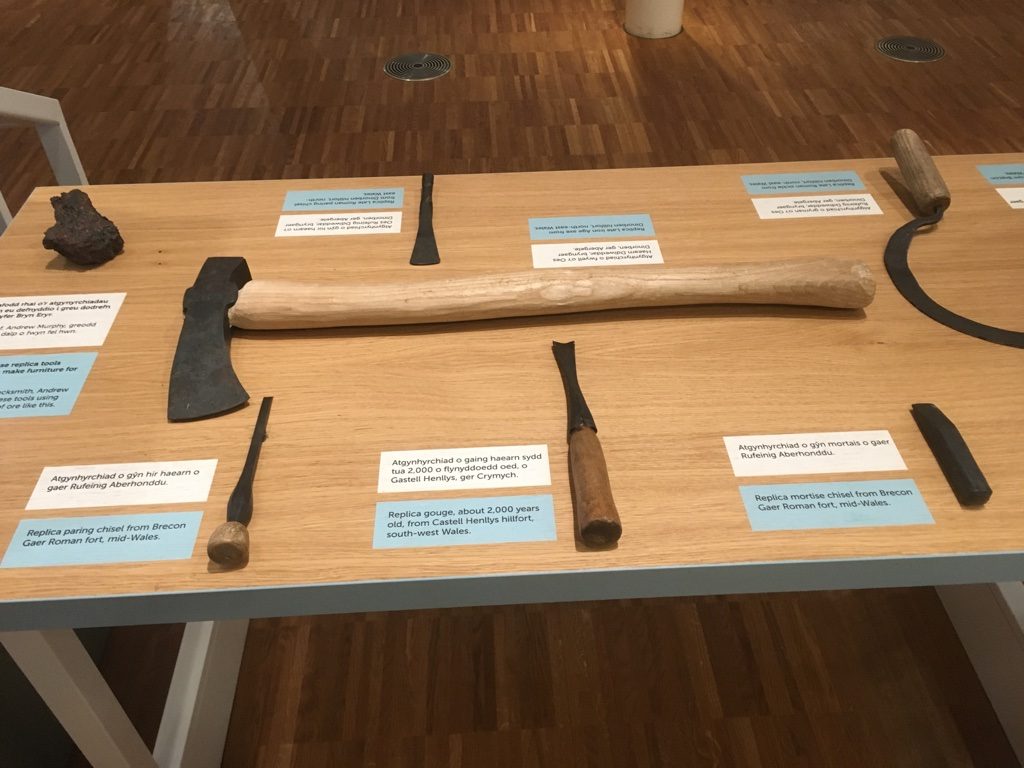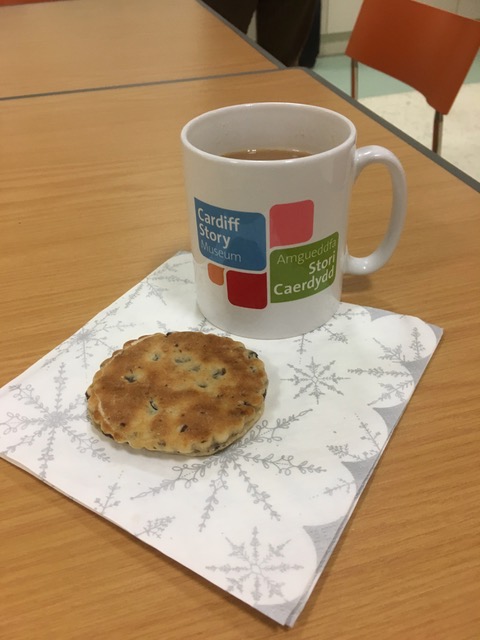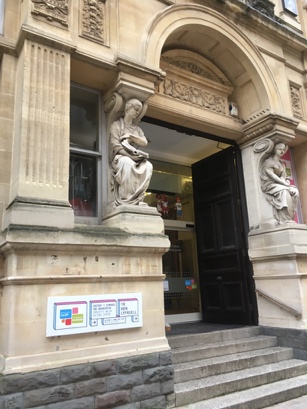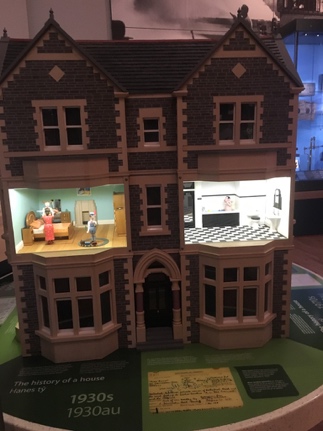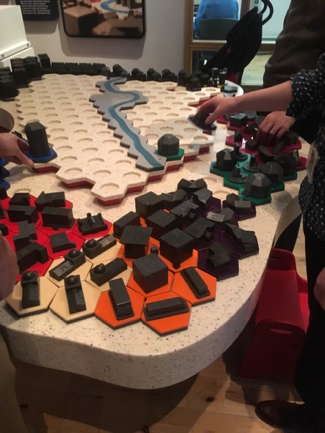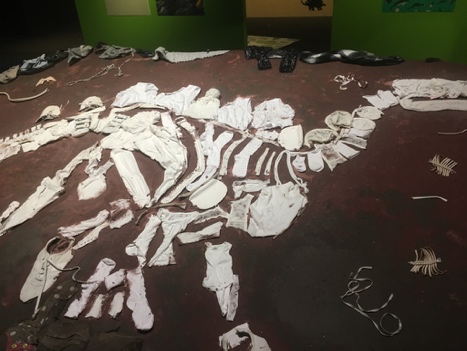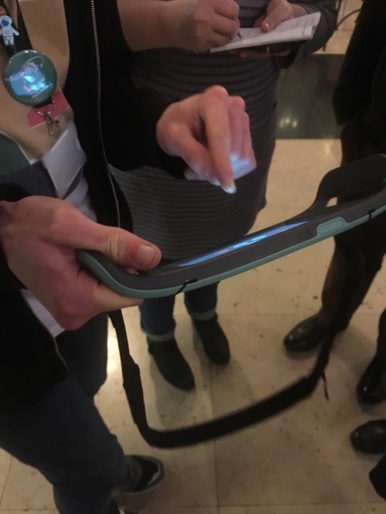I work in learning at 2 Oxford museums; the Museum of Oxford and the History of Science Museum. I have been a member of SEMFed for over a year and have previously enjoyed attending a study day at St Albans Museum.
I was very much looking forward to going on this study trip in order to get a ‘behind the scenes’ look at a range of museums in Cardiff including the award-winning St Fagans and find out more about their work, particularly with regards to their work with families, communities and schools. I was also interested in finding out more about gallery re-displays since the Museum of Oxford is undergoing extensive redevelopment and the History of Science Museum is about to embark on its Vision 2024 project. I was not disappointed!
Our first stop was St Fagans National Museum of History Museum, just outside of Cardiff. Formerly known as the National Folk Museum of Wales (1 of several name changes since its foundation in 1948), St Fagans held warm memories of childhood school trips. The historic rural buildings were still there but the changes were also striking.
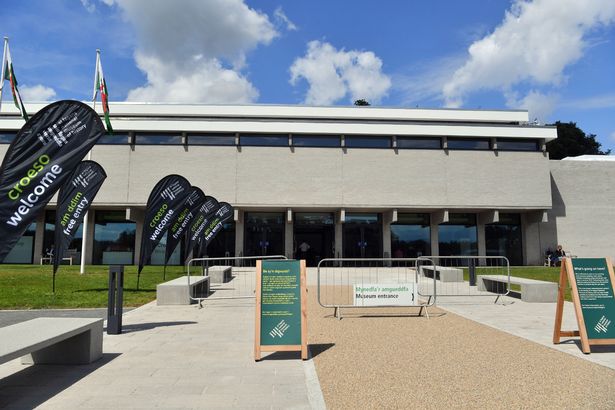
We were given a tour of the new gallery and museum spaces by Elen Phillips, Principle Curator of Contemporary and Community History. She spoke to us about the redevelopment, completed in 2018 and took us on a tour of 2 of the new galleries, ‘Wales Is’ and ‘Life Is’.
It was interesting to find out how the thinking behind the new galleries was inspired by two figures; Iorweth Pete, leading light behind the creation of St Fagans in the 1940s and Nina Simon, former Executive Director of Santa Cruz Museum and author of ‘The Participatory Museum’ and the ‘Art of Relevance’. Although his vision of the Wales represented at St Fagans was rooted in a slightly romanticised, pre-industrial rural past, Pete was keen that museums should be places of wellbeing and centres for communities. The museum was very aware of gaps in their collection in terms of reflecting the experiences and stories of different communities in Wales and worked with over 200 organisations to develop content for the galleries.
‘Wales Is’ was a revelation. The gallery was organised in a modular, non-chronological style with 16 stations. Each station had a statement or question which invited a response. The museum did not shy away from controversial topics in Welsh history, including the Miner’s Strike and attitudes towards Margaret Thatcher.
‘Life Is’ was interesting in its thematic, rather that again chronological, lay out. Gallery themes were Food, Fun, Death, Eat and Clothes and included hands-on activities alongside the exhibits, including a tractor, bed, and giant deck chair!
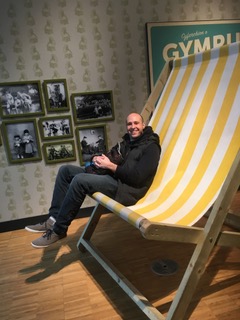
We were also taken to see some of the new additions to the collection of buildings in the the park. These included a making space and gallery, Gweithdu (Workshop) and a building from Ynys Mon which had been part of the court of Llywelyn, which is now also used as a space which schools can hire for a class sleepover.
After sampling St Fagans’ Fish and Chips we then headed off to Techniquest over by the Cardiff Docks. We were met there by Clare James, Head of Engagement and Partnerships, who spoke to us about the changes underway at the museum and The Science Capital re-development plans, which will result in the museum’s footprint increasing by 60%.
It was interesting to hear Nina Simon’s name mentioned again and to find out how the team had gone to California last year to receive training from Simon herself, as part of the ‘OF/BY/FOR ALL’ programme in order to develop a strategy to engage local communities.
Clare told us about the work their new Communities Officer is undertaking, and also talked us through the vision for the new museum, which they hope will appeal to adults as much as children.
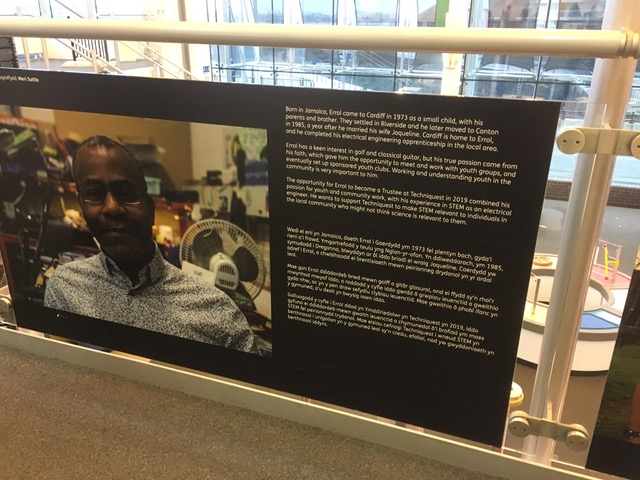
The second day of the SEMFed trip took us into the city centre. We spend the morning at the Museum of Cardiff (formerly known as The Cardiff Story Museum). It has recently been nominated for an award for ‘Best Small Museum’ by Museums Change Lives.
We were greeted with Welsh cakes and tea in the learning room whilst Alison and Sam spoke about the history of the Museum. It is a Local Authority run museum and first opened 10 years ago. It is located in the Old Library building and set over 2 floors, with the ‘Cardiff In Context’ galleries on the ground floor and the ‘City Lab and Showcase’ in the basement. It shares the building with the Welsh Language Centre.
A few years ago, funding was cut by 52%. Partly in response to this and the need to apply for new sources of funding for project work, the Museum changed its focus towards contemporary collecting and started working with new groups and audiences.
It was great to see how well many of the interactives have stood the test of time in the main displays in the entrance gallery. An animatronic dolls house showed different time periods in its rooms; you could press buttons to see models of buildings lit up on a map and design your own town. There were listening posts and videos sharing people’s stories. The family trail was very well advertised at the entrance and in the gallery and included some fun props (hat, magnifying glass and crayons) in a backpack that was designed to be used alongside a written trail, and we also admired the object handling trolley.
Like St Fagans, they did not shy away from tackling controversial topics in the displays and presenting a rounded picture of the city which included aspects people didn’t like as well as things they did.
The basement area was split into zones for different age groups, including under 5s, primary-age children and adults. There was an adult reading area and also computers for carrying out research. Display cases for community-led displays were also housed in the basement. It was really interesting the ‘Protest! Objects for change’ display which included items that had recently been collected from Extinction Rebellion protests, thanks to the quick-thinking of the team.
Our last visit on the trip was to the National Museum Cardiff. We were met there by Liam Doyle, Activites Officer for Dippy on Tour. He told us some more about the partnership with the Natural History Museum which brought Dippy to Cardiff and the work that had been done with the Youth Forum to create the accompanying display.
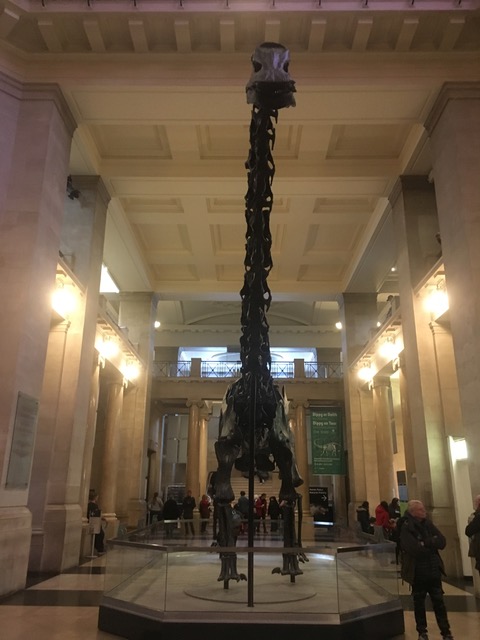
The Youth Forum ‑a group of up to 25 young people aged between 16 and 25- had started work in March last year on the project, working closely with an artist. Environmental sustainability was a key theme in the display, which also included material relating to Extinction Rebellion. Since Dippy arrived at the museum, more than 12000 children had been to see him and the exhibition.
We also got a view of the augmented reality device which families could pay to rent from the Museum, which revealed Dippy as he might have looked when he was alive, and the virtual reality experience. We then finished by looking at the learning suite which included a large selection of object handling activities relating to the natural history collections.
We packed a lot into 2 days on this very informative and enjoyable trip to Cardiff! It was also a great opportunity to talk to fellow museum professionals and find out more about their work. I’m very grateful to SEMFed for providing the bursary which allowed me to come along and also to the SEMFed team, and Rebecca in particular, for organising it.
By Helen Pooley
